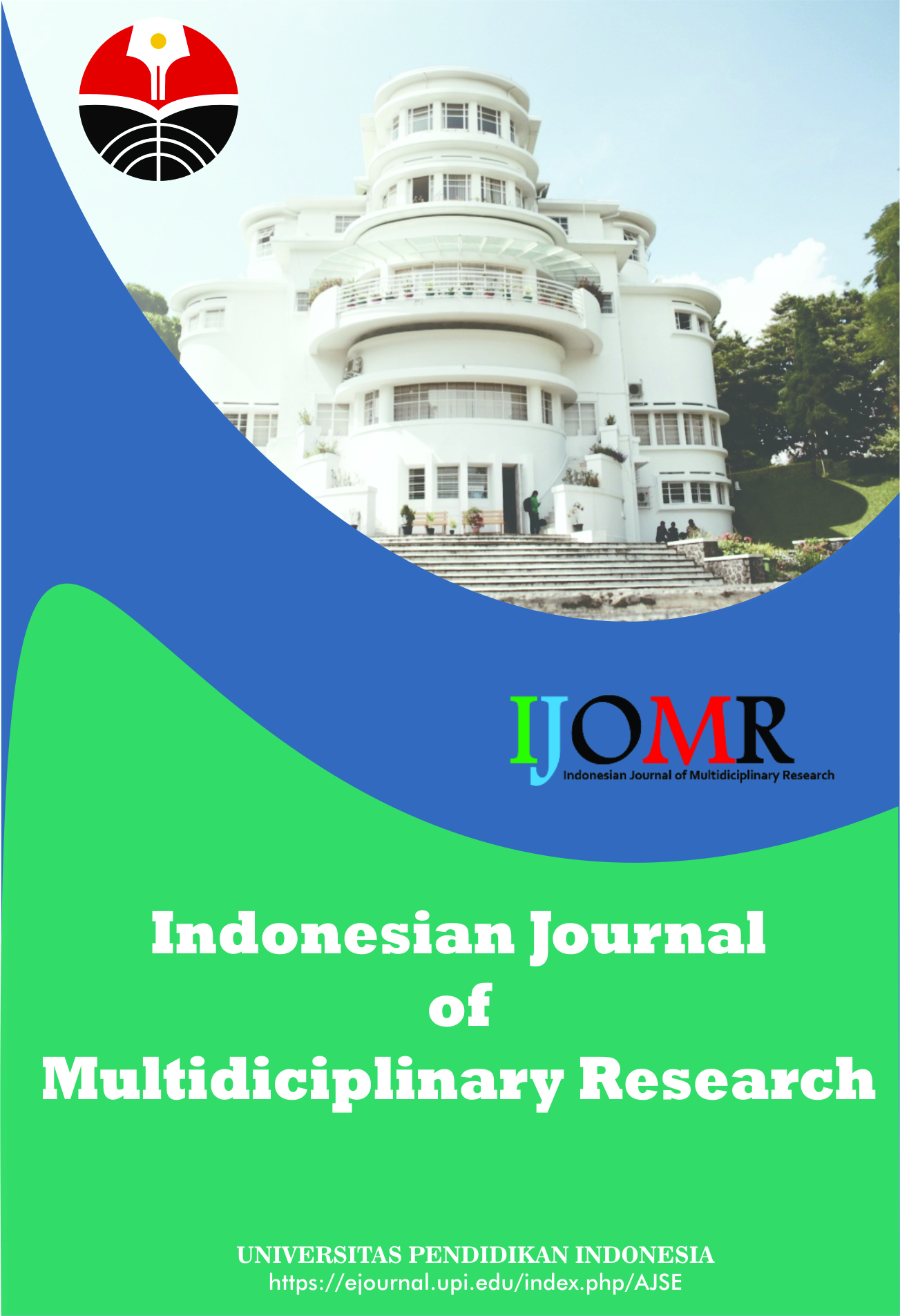Biogas Effectiveness Test from Household Waste (Vegetable Waste) with Cow Dung Starter and EM4
Abstract
Keywords
Full Text:
PDFReferences
Ahmed, J., Gultekinoglu, M., and Edirisinghe, M. (2020). Bacterial cellulose micro-nano fibres for wound healing applications. Biotechnology Advances, 107549.
Azhar, M., and Satriawan, D. A. (2018). Implementasi kebijakan energi baru dan energi terbarukan dalam rangka ketahanan energi nasional. Administrative Law and Governance Journal, 1(4), 398-412.
Bouallagui, H., Cheikh, R. B., Marouani, L., and Hamdi, M. (2003). Mesophilic biogas production from fruit and vegetable waste in a tubular digester. Bioresource Technology, 86(1), 85-89.
Dach, J., Boniecki, P., Przybył, J., Janczak, D., Lewicki, A., Czekała, W., ... and Cieślik, M. (2014). Energetic efficiency analysis of the agricultural biogas plant in 250 kWe experimental installation. Energy, 69, 34-38.
Dubinin, A. M., and Mavrin, S. P. (2014). Transformation of coals into electricity and heat. Thermal Engineering, 61(7), 491-496.
He, P., Zhao, L., Zheng, W., Wu, D., and Shao, L. (2013). Energy balance of a biodrying process for organic wastes of high moisture content: a review. Drying Technology, 31(2), 132-145.
Jacob, T. (2017). Competing energy narratives in Tanzania: towards the political economy of coal. African Affairs, 116(463), 341-353.
Karthikeyan, O. P., and Visvanathan, C. (2013). Bio-energy recovery from high-solid organic substrates by dry anaerobic bio-conversion processes: a review. Reviews in Environmental Science and Bio/Technology, 12(3), 257-284.
Lăzăroiu, G., Mavrodin, E. M., Bondrea, A. D., Mihaescu, L., and Mocanu, R. (2017). Biogas production–future solution in management of tanneries wastes. International Multidisciplinary Scientific GeoConference: SGEM, 17, 97-102.
Lombardi, L., and Carnevale, E. (2013). Economic evaluations of an innovative biogas upgrading method with CO2 storage. Energy, 62, 88-94.
Mani, S., Sundaram, J., and Das, K. C. (2016). Process simulation and modeling: anaerobic digestion of complex organic matter. Biomass and Bioenergy, 93, 158-167.
Meidiana, C., and Gamse, T. (2010). Development of waste management practices in Indonesia. European Journal of Scientific Research, 40(2), 199-210.
Perera, F. (2018). Pollution from fossil-fuel combustion is the leading environmental threat to global pediatric health and equity: solutions exist. International Journal of Environmental Research and Public Health, 15(1), 16.
Perera, F. P. (2017). Multiple threats to child health from fossil fuel combustion: impacts of air pollution and climate change. Environmental Health Perspectives, 125(2), 141-148.
Qiao, W., Yan, X., Ye, J., Sun, Y., Wang, W., and Zhang, Z. (2011). Evaluation of biogas production from different biomass wastes with/without hydrothermal pretreatment. Renewable Energy, 36(12), 3313-3318.
Ratnaningsih, R., Widyatmoko, H., and Yananto, T. (2009). Potensi pembentukan biogas pada proses biodegradasi campuran sampah organik segar dan kotoran sapi dalam batch reaktor anaerob. Jurnal Teknologi Lingkungan Universitas Trisakti, 5(1), 19-26.
Villadsen, S. N., Fosbøl, P. L., Angelidaki, I., Woodley, J. M., Nielsen, L. P., and Møller, P. (2019). The potential of biogas; the solution to energy storage. ChemSusChem, 12(10), 2147-2153.
Vohra, K., Vodonos, A., Schwartz, J., Marais, E. A., Sulprizio, M. P., and Mickley, L. J. (2021). Global mortality from outdoor fine particle pollution generated by fossil fuel combustion: results from GEOS-Chem. Environmental Research, 195, 110754.
Widayana, G. (2012). Pemanfaatan energi surya. Jurnal Pendidikan Teknologi dan Kejuruan, 9(1), 37-46.
Widyastuti, S., and Suyantara, Y. (2017). Penambah an sampah sayuran pada fermentasi biogas dari kotoran sapi dengan starter EM4. WAKTU: Jurnal Teknik UNIPA, 15(1), 36-42.
Yenigün, O., and Demirel, B. (2013). Ammonia inhibition in anaerobic digestion: a review. Process Biochemistry, 48(5-6), 901-911.
DOI: https://doi.org/10.17509/ijomr.v1i1.33779
Refbacks
- There are currently no refbacks.
Copyright (c) 1970 Kantor Jurnal dan Publikasi, Universitas Pendidikan Indonesia (UPI)

This work is licensed under a Creative Commons Attribution-ShareAlike 4.0 International License.
Indonesian Journal of Multidiciplinary Research (IJOMR) is published by Universitas Pendidikan Indonesia (UPI)















